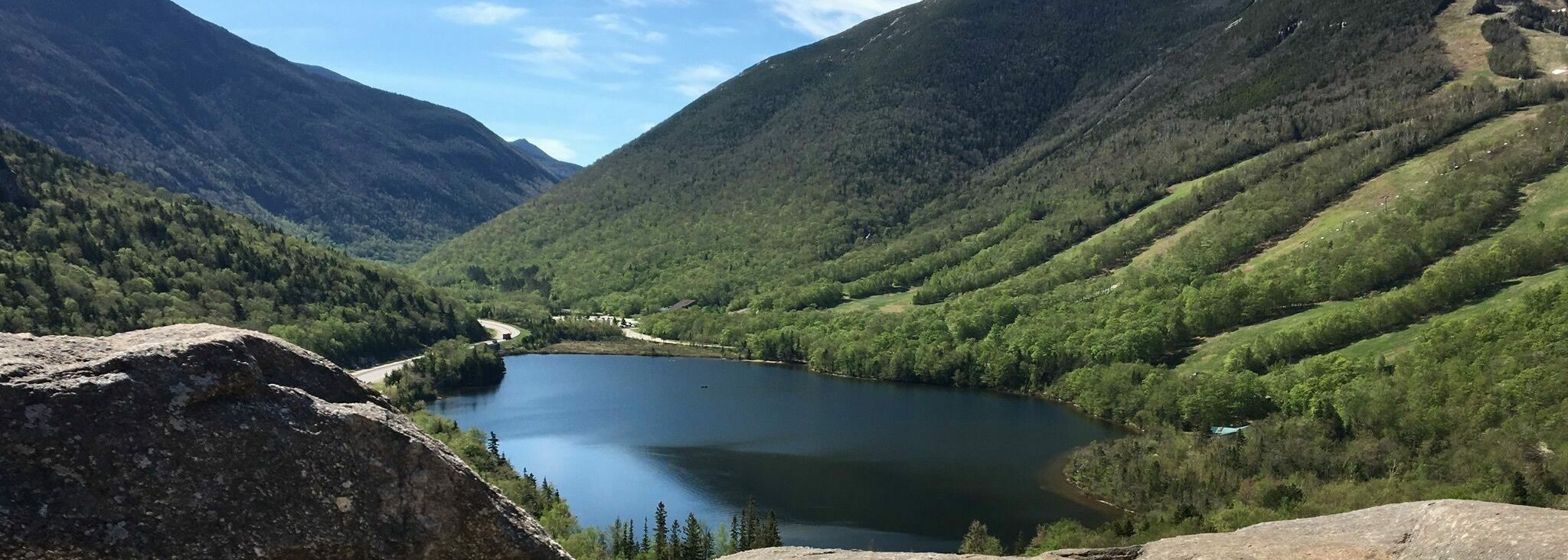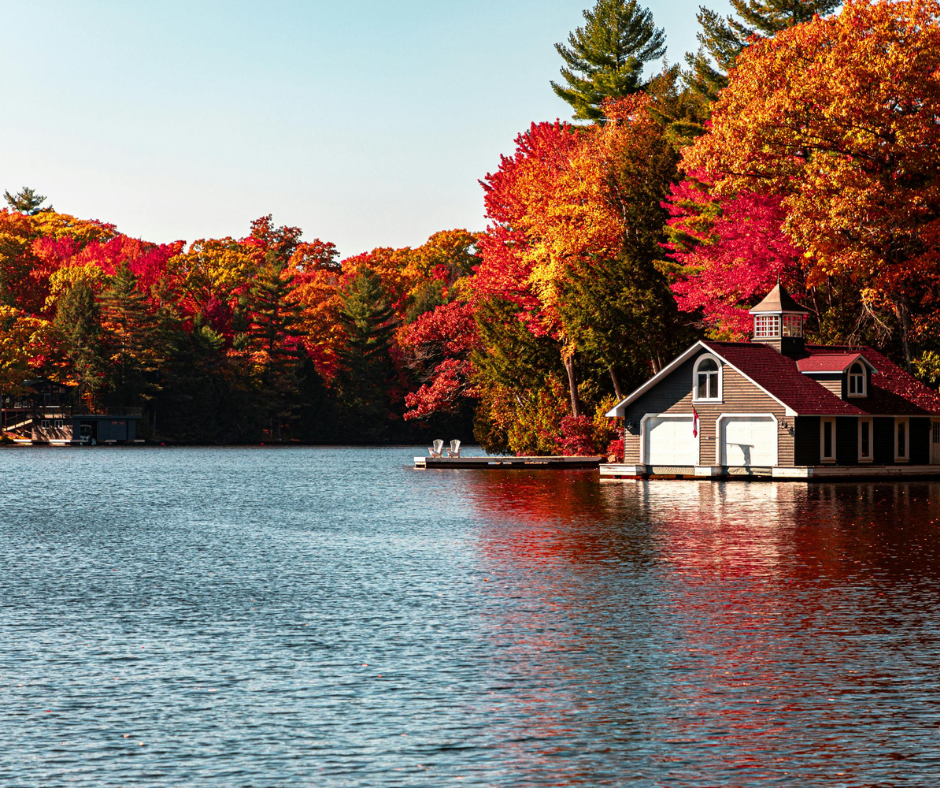
Goodbye Summer, Hello Fall: Prepping Your Property for Winter and Planning for Spring
As summer winds down and the leaves start to change, it’s the perfect time to start thinking about your property—not just for the cold months ahead, but for the spring to come. Your regular fall chores can help make your property more lake-friendly. Planning now will help prepare for runoff water from spring rains and melting snow. Lake-friendly properties will soak up this runoff and keep it out of the lake!
Your Fall Checklist
1. Walk Your Property
Take a slow stroll around and notice:
- Bare soil or compacted paths? These “desire paths” show where people naturally walk.
- Exposed roots? That’s a sign of erosion.
- Eroded gullies under your gutters or roof dripline? These indicate runoff water problems.
When water runs across these surfaces, it picks up pollutants such as sediment, phosphorus, salt, heavy metals, oil, and gas. This polluted water can end up in our lakes, harming people, animals, and plants, and promoting excessive plant and cyanobacteria growth.
What to do:
- Plan walking paths where you want people to walk and add barriers like planters or low gardens to guide foot traffic. Make sure paths are curved so they don’t funnel water into the lake.
- Try to make updates this fall before the ground freezes. Take photos of anything you can’t get to now so you can plan during the winter months for upgrades in the spring.
- Mulch your leaves right into the lawn—it’s free fertilizer for your soil! It helps the grass grow and develop strong root systems, allowing the lawn to do a better job soaking up spring rains. And it keeps leaves out of the lake. When leaves decompose in the lake, they contribute excess nutrients, which fuel algae growth, including cyanobacteria.

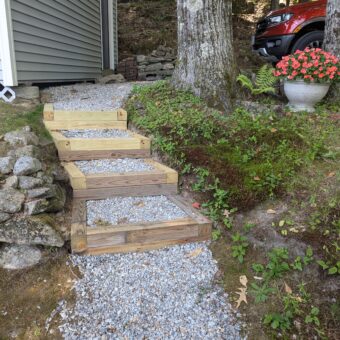
2. Think Ahead to Spring
Winter is the perfect time to dream, plan, and prep for next year’s landscaping.
Over the winter, think about:
- Adding or updating walking paths
- Creating functional and lake-friendly recreation areas.
- Designing new garden beds or use zones
Browse photos of your property from this season and sketch out ideas.

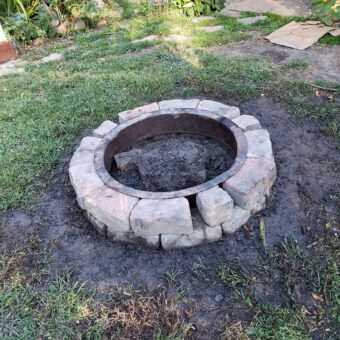
3. Find Lake-Friendly Plants
Now’s the time to research which native plants can beautify your property, enhance wildlife habitat, and protect the lake. These plants will also do the following:
- Stabilize soil
- Break up your lawn to filter pollutants, prevent erosion, and absorb polluted water runoff.
- Protect your shoreline
Use this tool to find lake-friendly native plants:
Native Plant Finder
Order seedlings from the New Hampshire State Forest Nursery starting December 2025:
Buy NH Seedlings
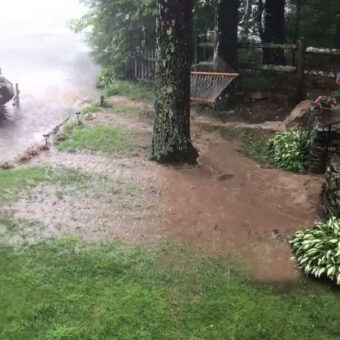
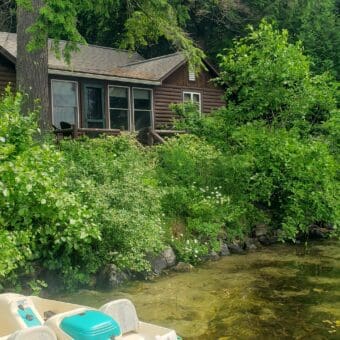
4. Handle Rain the Right Way
Fall rains and melting snow can wash out soil near gutter downspouts and roof driplines, creating difficult-to-manage runoff areas.
What to do:
- Plan a rain garden to collect water.
- Add an infiltration trench to slow the water down.
- Install a corrugated pipe to carry water away from your home—and your lake.
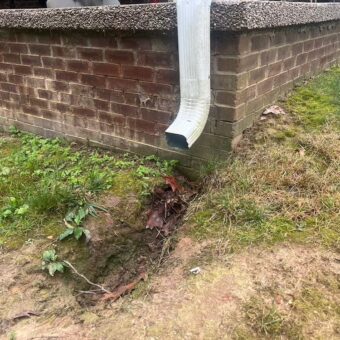
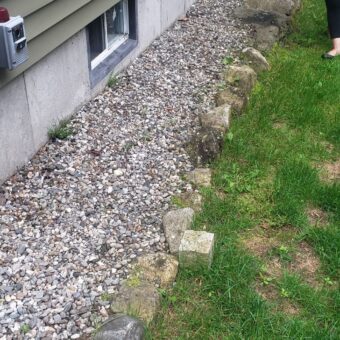
5. Don’t Forget About Your Septic System
Take a walk over your leach field. It’s easy to fall into an “out of sight, out of mind” mindset. Neglecting your septic system can lead to costly disasters and water quality issues in lakes.
What to do:
- Check for and remove any woody vegetation on top of or encroaching on the leach field.
- Check for signs of failure, such as soggy ground and funky smells. If you notice a problem, contact a professional right away.
- If it’s been more than three years, schedule an inspection of your septic system. These inspections can uncover issues that aren’t yet causing noticeable problems, preventing them from escalating into costly disasters. If you need help finding someone, use the Granite State Onsite Wastewater Association’s tool to find a professional.
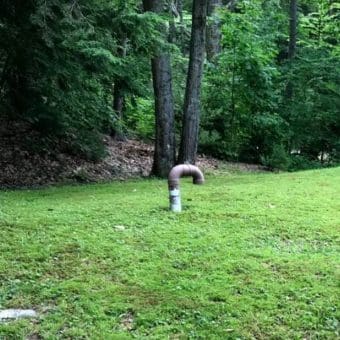
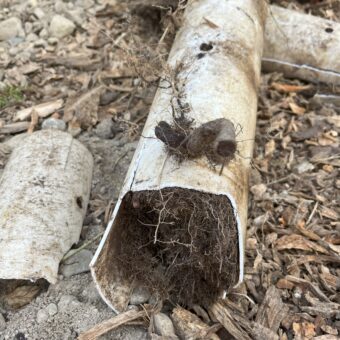
6. Plan Your Winter Snow Storage and Lake Ice Management Ahead of Time
Winter might seem far off, but it’s a good idea to set up your plan with your winter property management company now.
Snow Management
Snow from parking areas and roadways carries salt, sand, debris, and contaminants, which can lead to runoff once the snow melts. And the weight of heavy snow piles can lead to crushed or broken leach field pipes, cracks in the tank, and other safety concerns.
What to do:
- Only plow and de-ice the driveway and walkway areas needed to provide for access and safety.
- Designate a large enough area for a whole winter’s worth of plowed snow.
- Pick a snow storage area or plant an area with plants that can tolerate salt from road deicers.
- Keep snow storage away from septic tanks and leach fields to prevent damage to the system from snowbanks and snowmelt.
Dock De-Icers
If you use a dock de-icer, make sure it’s in a way that won’t hurt the lake:
- Avoid disturbing bottom sediments, which can release nutrients like phosphorus and contribute to algae growth.
- Don’t open too large an area—this can allow ice floes to build momentum in the wind, potentially damaging your dock.
- Limit sunlight exposure—melting too much ice can let sunlight penetrate the water, promoting the growth of aquatic plants, including invasive species.
What to do:
- Choose the smallest possible size to maintain an ice-free zone around your dock.
- Set up your de-icer to form a narrow open water area around your dock (a bubbler device works best for this).
- Point a circulator device in a vertical direction rather than at an angle towards the middle of the lake to minimize dangerously thin ice.
- Use a purpose-built bracket rather than ropes for more effortless adjustment—most manufacturers offer them as an accessory.
- Use a thermostat or timer to run the de-icer only when the air temperature drops below freezing. (You’ll save a little bit of money, too!)
- Run the device for only 2 to 4 hours a day.
Better yet, consider eliminating your need for a de-icer altogether! - When it comes time to replace your dock, consider installing one that can be removed from the water during winter.
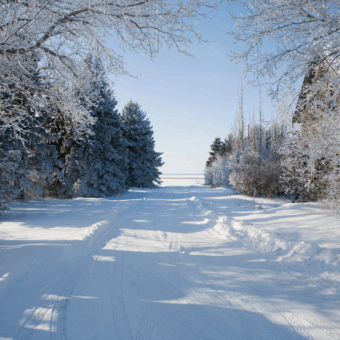
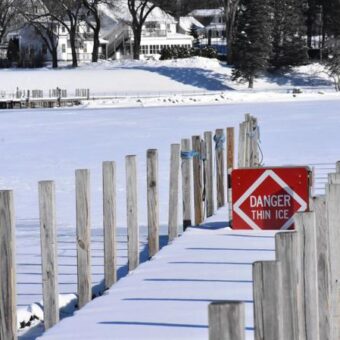
One Last Thought…
You don’t have to do it all now. Just observe, take notes, and make a plan for tasks you can’t get to now.
And, NH LAKES can help! Join your LakeSmart Community to learn about and adopt lake-friendly living practices through your personal online LakeSmart profile.
Sign up today to be notified when your LakeSmart profile is ready to use. In your profile, you’ll answer questions and receive feedback about lake-friendly habits in your home, on your property, and in your everyday life.
Learn more about our free and confidential LakeSmart Program at nhlakes.org/lakesmart
